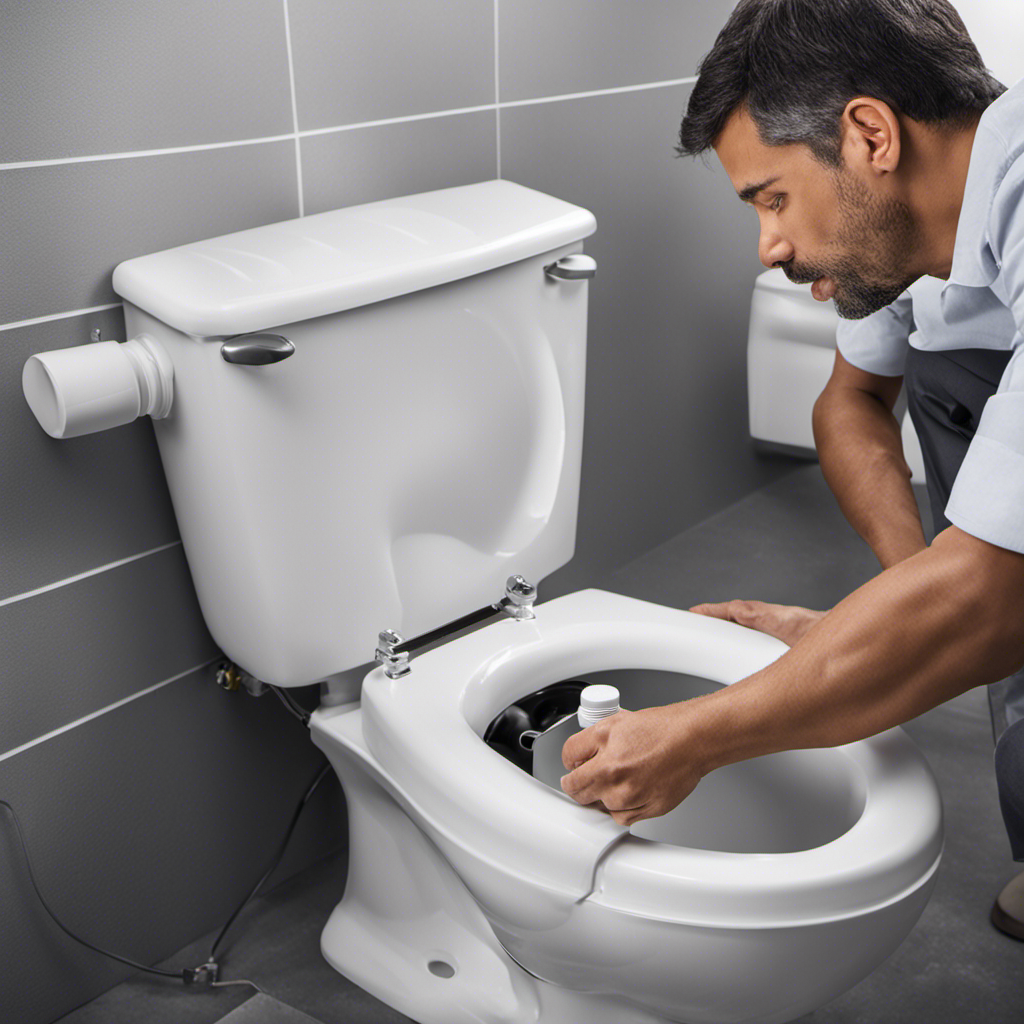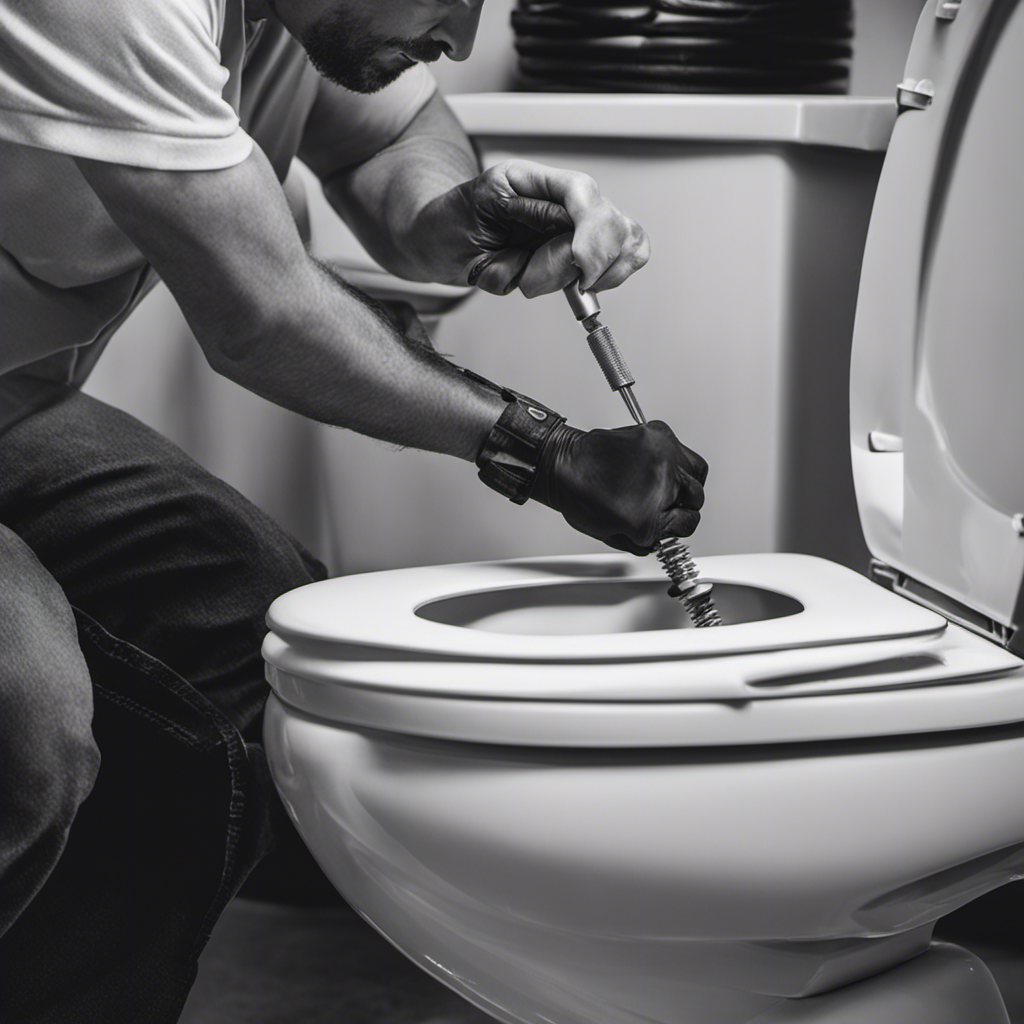Are you fed up with dealing with the annoyance of a toilet that won’t flush? Don’t worry, because we have the perfect solution for you.
In this article, we will show you how to tackle this common household problem like seasoned experts. From checking the water supply to inspecting the flapper valve, we’ll guide you through the steps necessary to restore your toilet’s flushing power.
So, let’s get started and regain mastery over our unruly commodes!
Key Takeaways
- Regularly check and maintain the float valve and fill valve for any damage or malfunction.
- Use a plunger or alternative methods like a toilet auger or chemical drain cleaner to clear clogs in the toilet bowl.
- Inspect and replace the flapper valve if it doesn’t close properly or appears damaged or worn.
- Adjust the water level in the tank to ensure proper flushing and aim for a water level about 1 inch below the top of the overflow tube.
Check the Water Supply
First, we regularly check the water supply to ensure the toilet can flush properly. To do this, we start by checking the float valve, which controls the water level in the tank. We examine the float valve for any signs of damage or malfunction, such as cracks or leaks, as these can affect the flushing mechanism.
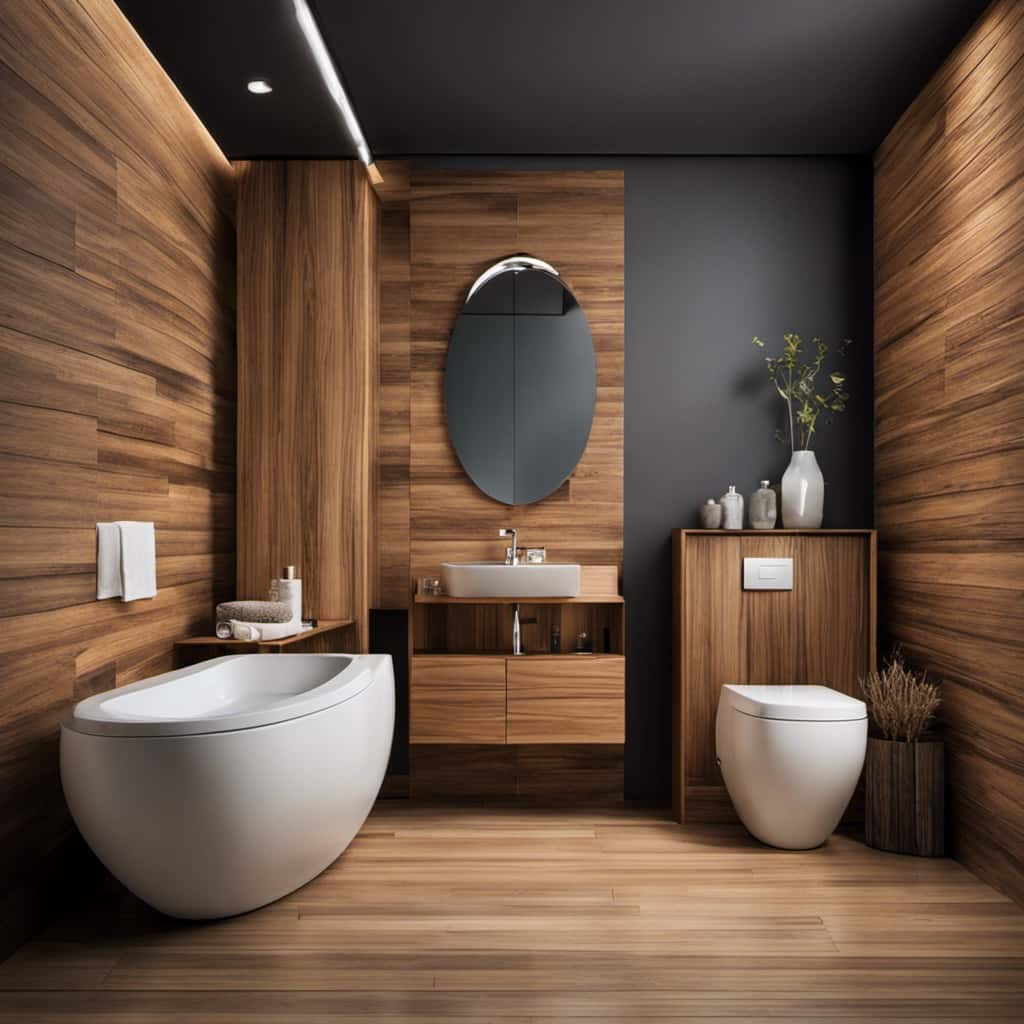
Next, we inspect the fill valve, which is responsible for refilling the tank after each flush. We make sure the fill valve is properly adjusted to allow enough water to enter the tank and refill it to the correct level.
If we find any issues with the float valve or fill valve, we promptly repair or replace them to ensure optimal flushing performance.
Clear Any Clogs in the Toilet Bowl
To clear any clogs in the toilet bowl, we use a plunger. This household item is a simple yet effective tool for unclogging toilets.
To begin, place the plunger over the drain hole in the toilet bowl, ensuring a tight seal. Next, push down firmly and then pull up quickly to create suction, repeating this motion several times. The pressure created will help dislodge any blockages and allow water to flow freely again.
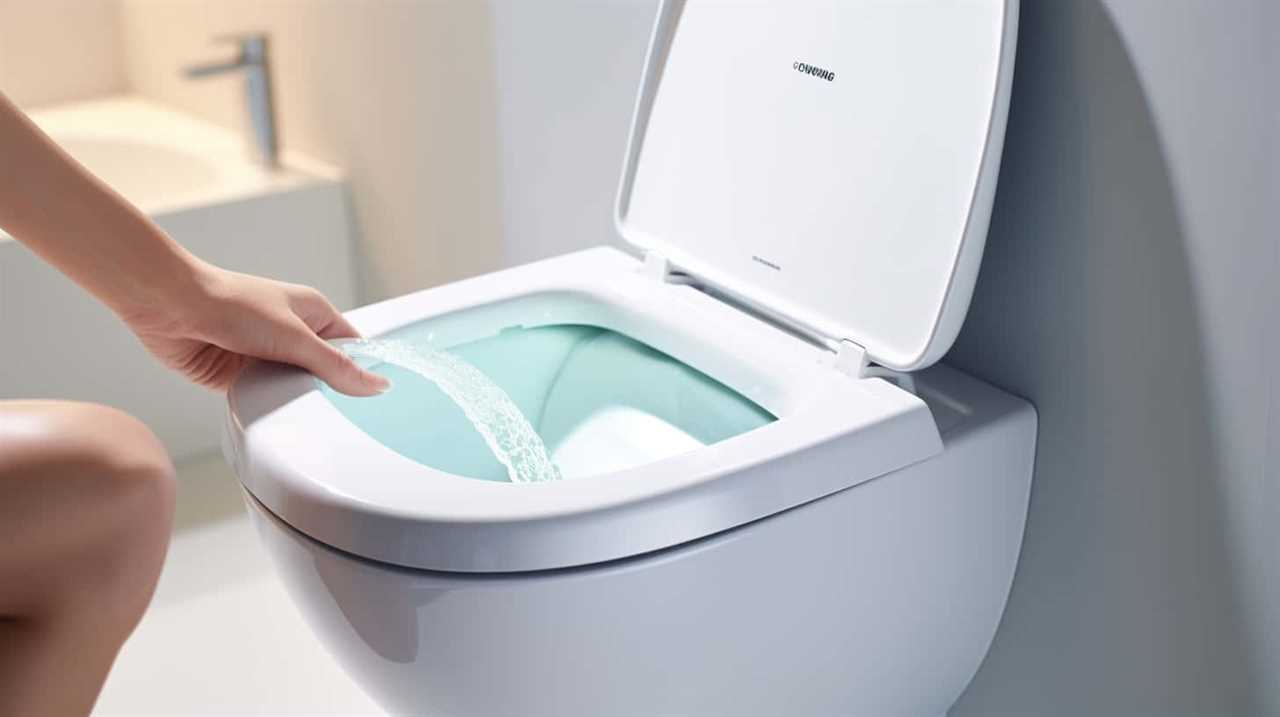
If the clog persists, you may need to try alternative methods, such as using a toilet auger or chemical drain cleaner. However, it’s important to exercise caution when using these methods, as they can be harsh on the plumbing system.
If you encounter persistent toilet flushing issues, it’s advisable to seek professional help. This will ensure proper diagnosis and resolution of the problem.
In the next section, we’ll discuss how to inspect the flapper valve to further troubleshoot toilet flushing problems.
Inspect the Flapper Valve
Continuing our troubleshooting process, we’ll now inspect the flapper valve to identify any potential issues with the toilet’s flushing mechanism.

The flapper valve is a crucial component that controls the release of water from the tank into the bowl during a flush. To inspect the flapper valve, start by removing the tank lid and flushing the toilet.
Observe the flapper valve to ensure that it opens fully and closes tightly after each flush. If the flapper valve doesn’t close properly or if it appears damaged or worn, it may need to be replaced.
Additionally, check the chain length that connects the flapper valve to the flush handle. If the chain is too short or too long, it can prevent the flapper valve from functioning properly. Adjust the chain length accordingly for optimal performance.
Adjust the Water Level in the Tank
Let’s start by adjusting the water level in the tank. Maintaining the correct water level is essential for proper toilet function.

Here are five key steps to adjust the water level effectively:
- Locate the water level adjustment valve, usually found on the fill valve assembly.
- Turn the adjustment screw clockwise to increase the water level or counterclockwise to decrease it.
- Check the water level after each adjustment by flushing the toilet and observing the refill process.
- Aim for a water level that’s about 1 inch below the top of the overflow tube.
- Ensure the water pressure is adequate for proper flushing by testing the flow rate from the toilet tank.
Regular toilet tank maintenance, including adjusting the water level, helps optimize flushing performance and prevent potential issues caused by incorrect water levels or inadequate water pressure.
Consider Using a Plunger or Toilet Auger
We can address the issue of a toilet that’s not flushing by considering the use of a plunger or toilet auger. These tools are effective in resolving common toilet flushing issues and can be used as alternate flushing methods.
A plunger is a simple yet powerful tool that creates pressure to dislodge clogs in the toilet drain. To use a plunger, place the rubber cup over the drain opening and push down firmly, then pull up quickly. Repeat this motion several times until the water starts draining.
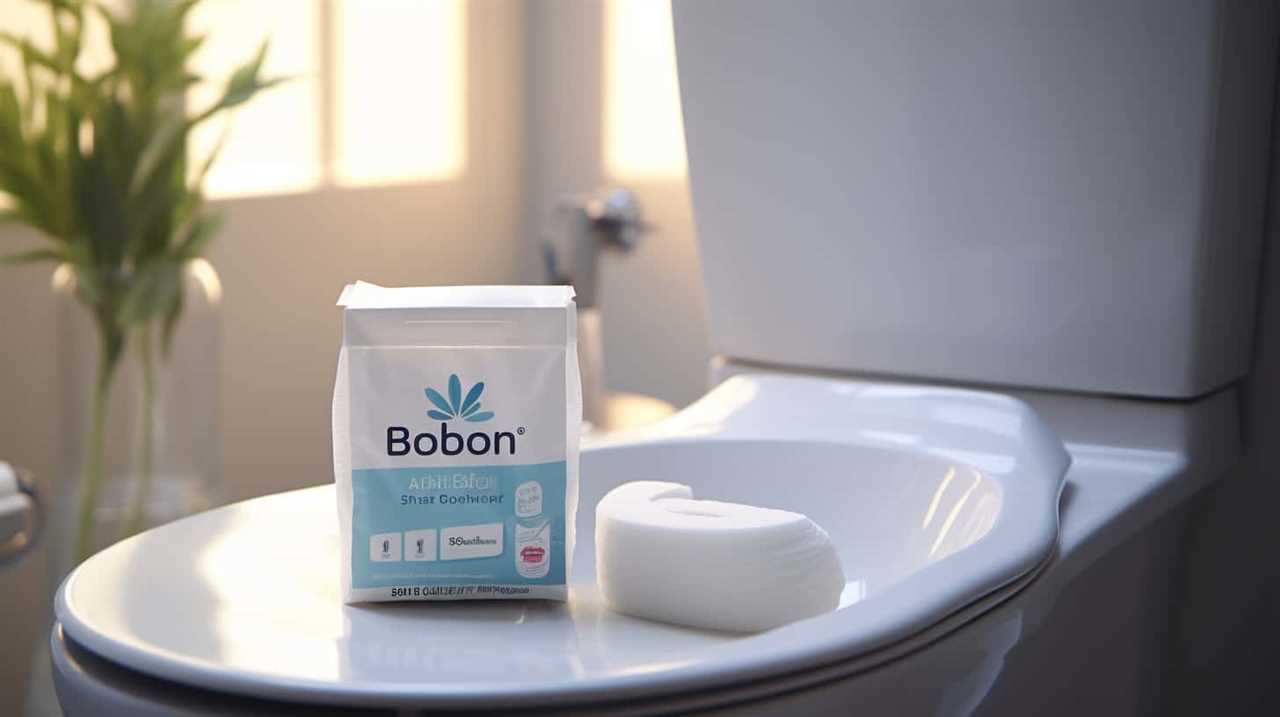
Another option is a toilet auger, also known as a plumber’s snake. This tool is designed to reach deeper clogs and break them up. Insert the auger into the toilet drain and rotate the handle clockwise. This will help clear the blockage so the toilet can flush properly.
Consider using the following table to troubleshoot common toilet flushing issues:
| Problem | Possible Solution |
|---|---|
| Weak flush | Adjust water level in the tank |
| Clogged drain | Use a plunger or toilet auger |
| Running toilet | Check and adjust the flapper or fill valve |
| Partial flush | Clean or replace the flapper |
| Intermittent flush | Inspect and repair the flush lever or chain |
Frequently Asked Questions
What Are Some Common Causes of a Toilet Not Flushing Properly?
Common causes of a toilet not flushing properly include clogs, malfunctioning flapper valves, low water levels, and issues with the flush handle or chain. Troubleshooting toilet issues can help identify and resolve these problems.
How Can I Tell if the Water Supply to My Toilet Is Functioning Correctly?
To ensure your toilet’s water supply functions correctly, start by checking for leaks in the tank and troubleshooting common water supply issues. This step is vital in maintaining a properly functioning toilet.
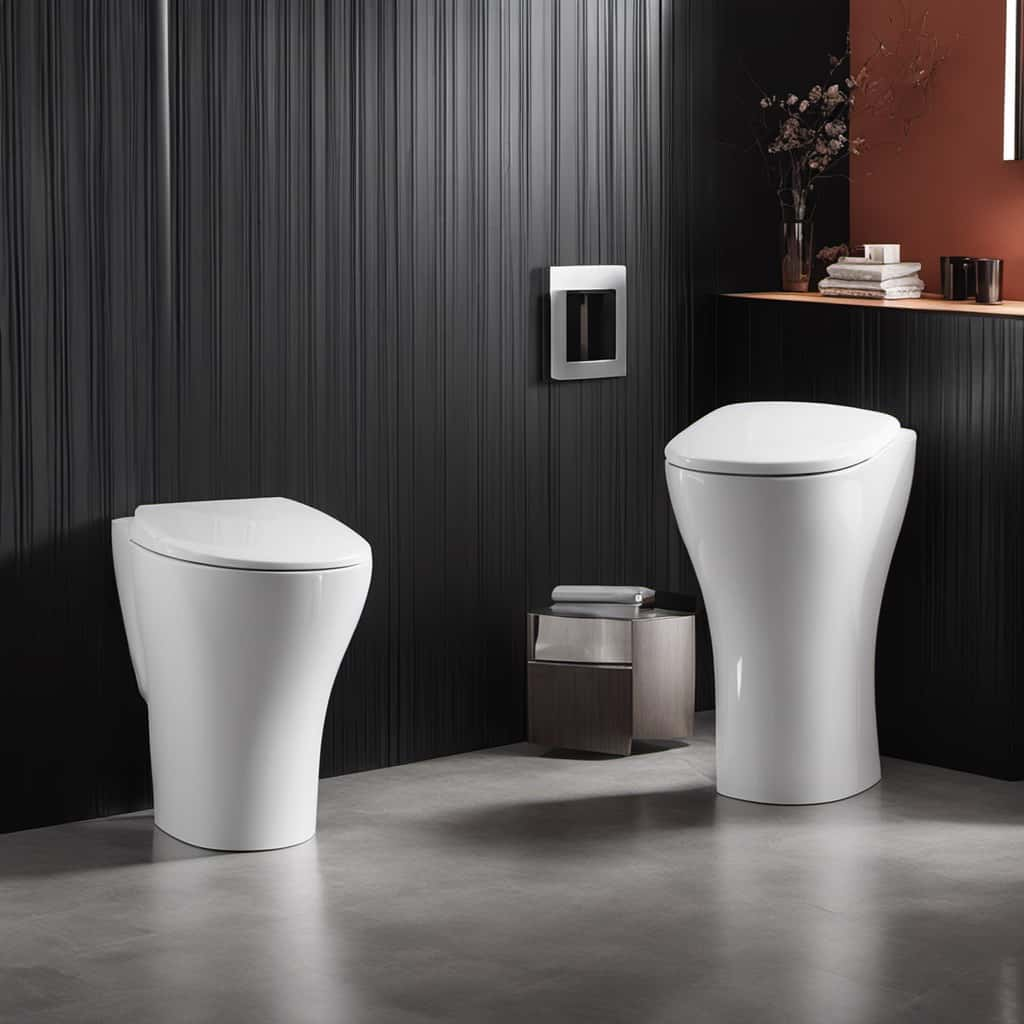
What Are Some Signs of a Clog in the Toilet Bowl?
Signs of a clog in the toilet bowl can include water rising to the brim, slow drainage, and gurgling sounds. Troubleshooting clogged toilets involves using a plunger, drain snake, or toilet auger to clear the blockage.
How Do I Inspect the Flapper Valve in My Toilet?
To inspect the flapper valve, we’ll first locate the toilet tank. Then, we’ll remove the lid and visually examine the flapper for any signs of damage or wear. If necessary, a toilet flapper replacement may be needed to troubleshoot toilet flushing issues.
Are There Any Specific Tools or Equipment Needed to Adjust the Water Level in the Toilet Tank?
To adjust the water level in the toilet tank, you may need specific tools or equipment. It’s important to have a wrench or pliers to loosen the water level adjustment screw and a measuring tape to ensure proper water height.
Conclusion
In conclusion, troubleshooting a non-flushing toilet can be resolved by checking the water supply, clearing any clogs, inspecting the flapper valve, and adjusting the water level.

If these steps don’t work, using a plunger or toilet auger is recommended. For example, in a case where a toilet wasn’t flushing due to a clog, using a plunger effectively cleared the blockage and restored proper flushing functionality.
It’s essential to follow these steps to ensure a well-functioning toilet.



